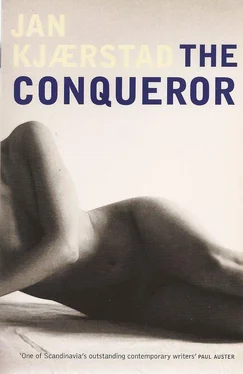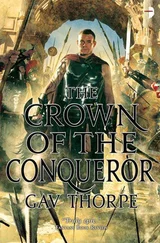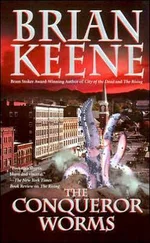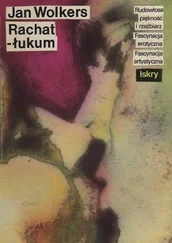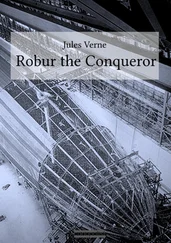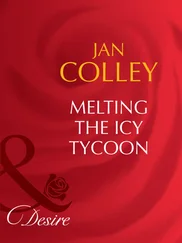Why did Jonas Wergeland travel? He travelled in order to find the midpoint of the world: an anachronistic objective, of course, since a search for such a midpoint presupposes a belief that the world is flat. Nonetheless — when he reached Seville he was tempted to declare that he had found it, for here, on an island in the middle of a river, the whole world truly had converged.
And it was not only a midpoint; it was also a personal crossroads. As he sat high in the air in the little monorail — a touch of science fiction there — which carried visitors to the different parts of the exhibition site, he saw how the three pieces from his somewhat wide-ranging education finally slotted together to form a whole, because here the astronomical and the architectural aspects came together — more strikingly than in Jaipur — in a cluster of buildings of every conceivable style, many of them futuristic, standing shoulder to shoulder and making the whole island look like some alien planet. As for television, his third pursuit: the most notable feature of this planet were the screens, everywhere you looked there were screens; one could have been forgiven for thinking that life itself, all communication had been transferred onto gigantic video screens. The theme of Expo ’92, invoking the very spirit of Columbus, was nothing less than ‘The Age of Discovery’. And how apt that was, because Jonas Wergeland had at long last found his terra incognita and was now about to conquer it.
To anyone who knows Jonas Wergeland’s merits, it may seem obvious that everything in his life was bound to lead him here; Jonas Wergeland was made to visit — or no, not visit: understand, enjoy — a World’s Fair. He darted about like a child at the biggest funfair on earth, stood spellbound before the massive, thousands of years-old block of ice from Antarctica on display in the Chilean house, took the elevator to the top of Japan’s massive wooden building to gaze in wonder at a man demonstrating the art of origami, followed the stream past the tableau depicting a Bedouin tent in the Saudi Arabian pavilion, sat in the dark, feeling very small, watching a laser show at the bottom of a square well in the French cube — and all the time he was on the lookout for inspiration, something that would help him to move on, the way that the Asian music which Debussy heard at the World’s Fair in 1889 had shunted him onto another track.
Jonas was genuinely proud of the Norwegian pavilion, the main section of which was shaped like a pipe; inside this pipe a stunning multimedia show was presented: sounds and images, all based on the theme of water — the element from which all of Norway’s riches derived: fish, waterfalls, shipping, oil. Downstairs, on a screen set up at the crossover point between the shop and the restaurant, highlights from Wergeland’s own series on Norwegian heroes, including Roald Amundsen, were run non-stop. A foreign magazine compared the Norwegian pavilion to a jewellery box, and in this box, the journalist wrote, the television art of Jonas Wergeland was unquestionably the pearl.
But Jonas was actually here to work. He was doing a programme on the public’s reaction to the Norwegian exhibit — already in the can, for example, he had an impassioned interview with a French lady, found looking at sweaters in the souvenir shop, who was very disappointed, truly shocked in fact, to find no sign of anything by Per Spook: ‘Norway’s greatest living artist’ as she said. Jonas was also working on a framework for the programme and found it only natural to take water as his theme here, too; to look at the way in which water was used throughout the exhibit: from enormous globes cloaked in a mist of droplets and water running in cascades down the walls, to man-made lakes and canals and fountains of every description — possibly the most memorable feature of the entire Expo, certainly for a Norwegian, a ‘dipper’ — a bird of the falls.
The programme pretty much made itself, so Jonas had plenty of time to look around, had never felt so good; he was filled with an exhilarating feeling of being in command, of really ruling the world, embracing the earth as if it were his boyhood globe. He saw absolutely nothing of Seville itself, not even the cathedral; he spent all of his time, when not asleep, on La Cartuja, the island in the middle of the river, an artificial, optimistic universe where he could flit from pavilion to pavilion, from gallery to gallery, from café to café, take in a spectacular show every evening — without his feet, as it were, ever touching the ground. At one point he woke up — out of a trance almost — to discover that the film crew had left Seville, that he was on his own, that for several days he had been roaming around, so busy just trying to see and experience a mere fraction of all the things there were to see and experience; he ate in the pavilions of the various countries, in restaurants serving national dishes, drank in the bars, was in the process of turning into a doped-up Ulysses in the land of the Lotophagi. My old neighbour Samson was right, he thought, one evening when he was sitting with a dry martini in front of him, scanning the scene outside the windows of the Belgium pavilion’s stylish bar, as if surveying continents: nowadays you really can travel round the world in a matter of seconds.
Then, one day, right outside the hall housing the Age of the Future exhibit, he was stopped by a tall, majestic figure with an almost unsettlingly keen gaze — the word that automatically popped into Jonas’s head was ‘chief’. ‘Jonas,’ this person said. ‘I don’t believe it, it really is you, Jonas Wergeland Hansen,’ said the man standing right in front of him. Jonas was totally at a loss, did not even try to hide it. And who should it be but Ørn, Ørn-Henrik Larsen. Not Little Eagle now but Big Eagle and a company director, head of a well-known firm, Jonas immediately recognized the name, a company dealing with satellite telecommunications, a pioneering concern, constantly cited as one of the leading lights of Norwegian industry. Ørn had, in the end, lived up to his name; it struck Jonas that he was looking at Norway’s answer to Akio Morita, the founder of Sony. ‘We’re in the same boat, you and I,’ Ørn said jokingly or perhaps more in an effort to be pleasant. ‘We are today what Norsk Hydro was at the beginning of the century, with its nitrogen production. We both create assets out of thin air: out of nothing, so to speak.’ He stood there smiling, though with no great warmth. ‘We’ve become the lords of the airwaves,’ he said, giving Jonas a friendly pat on the shoulder, or not so much a friendly pat as a nice way of saying that he had to be getting on, he had a lot to do, they were taking part in the exhibition.
What he did not say — having had his fingers burned before — was that he had built up a new stamp collection, an assemblage of Norvegiana so fine it could have been put on display in the Norwegian pavilion. The pride of the collection was a stamp from Chad, depicting Jan Egil Storholt, gold medallist at the 1976 winter Olympics. From Chad. And there may have been a connection here. For surely it is no less logical for the poverty-stricken inhabitants of Chad to be treated to the sight of Jan Egil Storholt’s mysteriously crouching figure on their envelopes — a skier, in the heart of hottest Africa — than for a company in Norway to become world-leaders in satellite communication.
His meeting with Ørn-Henrik shook Jonas awake. It was time to head for home, but first he had to go to Cordoba, because Margrete had been adamant that he should not leave that part of Spain without having seen La Mezquita, the magnificent mosque in that city. So the very next day he took the train to Cordoba. I could do with a couple of hours in some quiet backwater, he thought to himself, a bit of peace after all the hurly-burly.
Читать дальше
